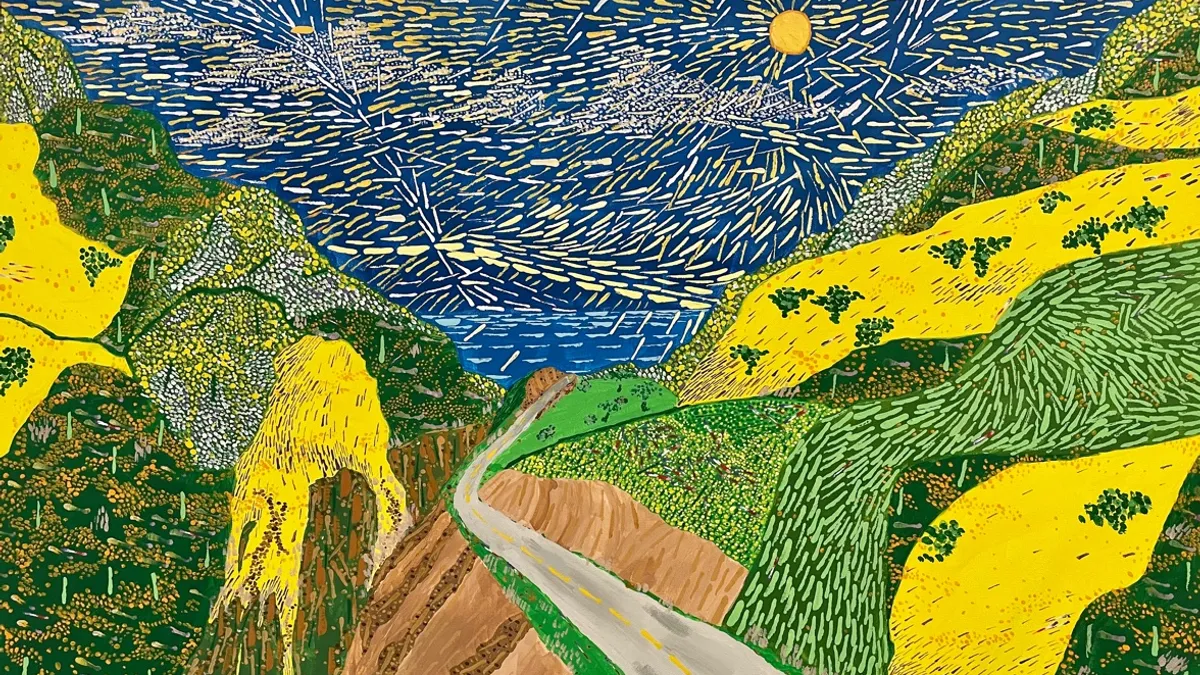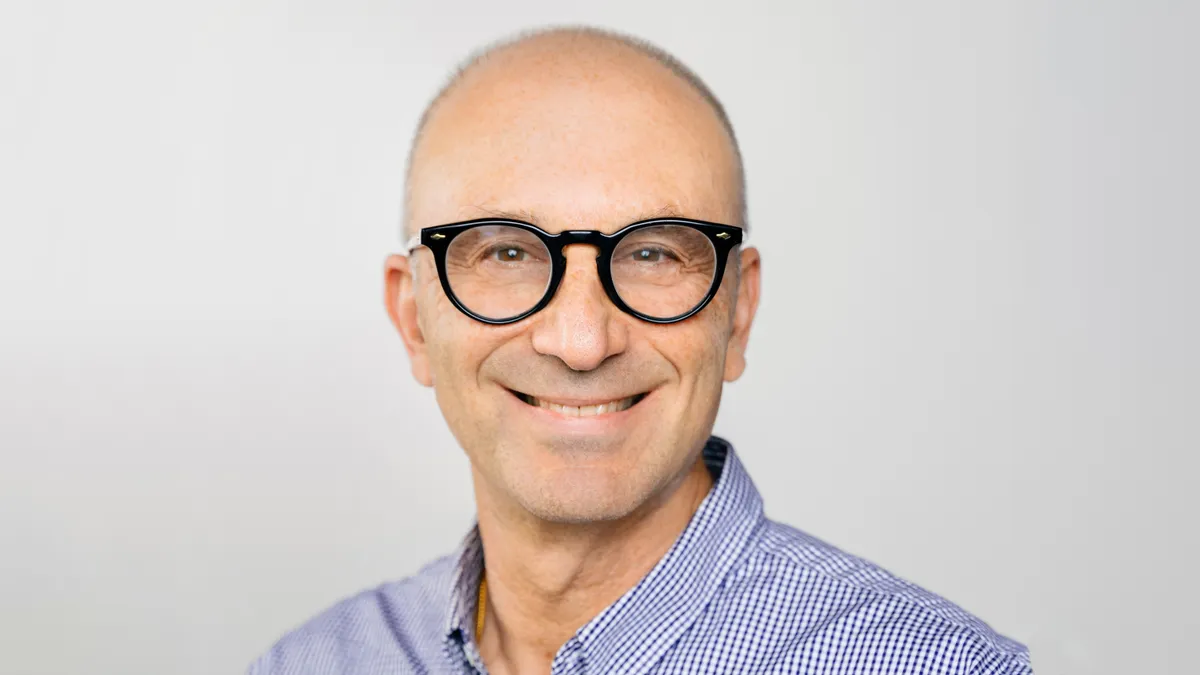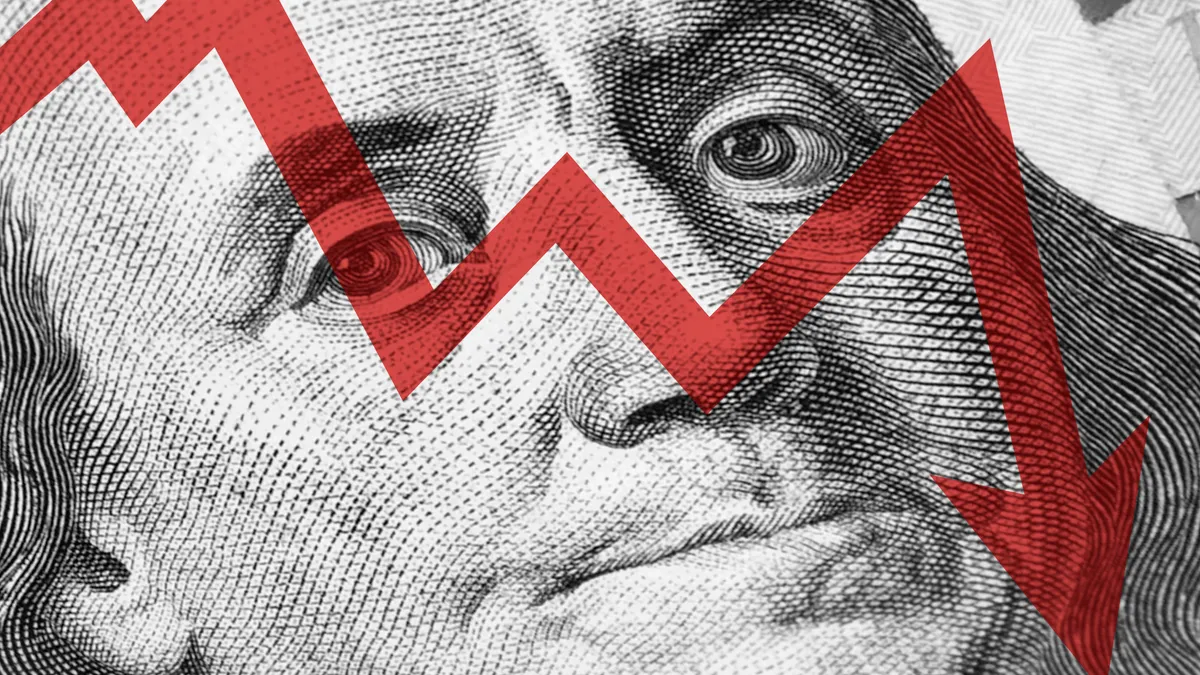When Nicole Arndt, senior manager of investor relations at the vaccine-focused Dynavax Technologies, noticed and brought up the pointillism paintings hanging behind her colleague Jonathan Douek during a Zoom meeting, she never imagined the interaction would lead to anything more than office banter.
“He has them in his background, and they're great and you just don't think that they're from him,” she said. But when she asked Douek, associate director of regulatory affairs at the company, about them during a meeting this fall, he said, “Oh, I painted them.”
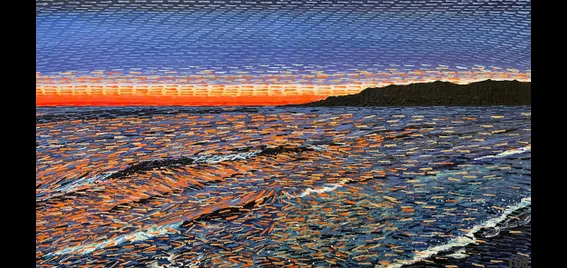
The quick conversation sparked an idea to spotlight the artistic pursuits of the people working at Dynavax on social media.
The series from the infectious disease-focused biotech, which showcased art from Douek and two more employees, highlighted the importance of having a creative outlet — even in the life sciences — and how the process of producing art can be similar to developing drugs.
“People don't make that leap into (thinking of) scientists as being so creative, but they really are,” Doug Paul, manager of sales analytics at Dynavax and one of the featured artists, said.
Art’s lessons
Going through the process of selecting a drug target, developing experiments to test and manipulate chemicals and biomolecules, and then finally bringing it all to fruition, can mirror the process of experimenting on the canvas.
“We're dealing with a bunch of chemicals. They all act differently depending on what (paint) you use with what media and it's a creative process. You don't know what you’re going to get,” Paul, who prefers to paint realistic watercolor images, said. “Chemistry is the same way.”
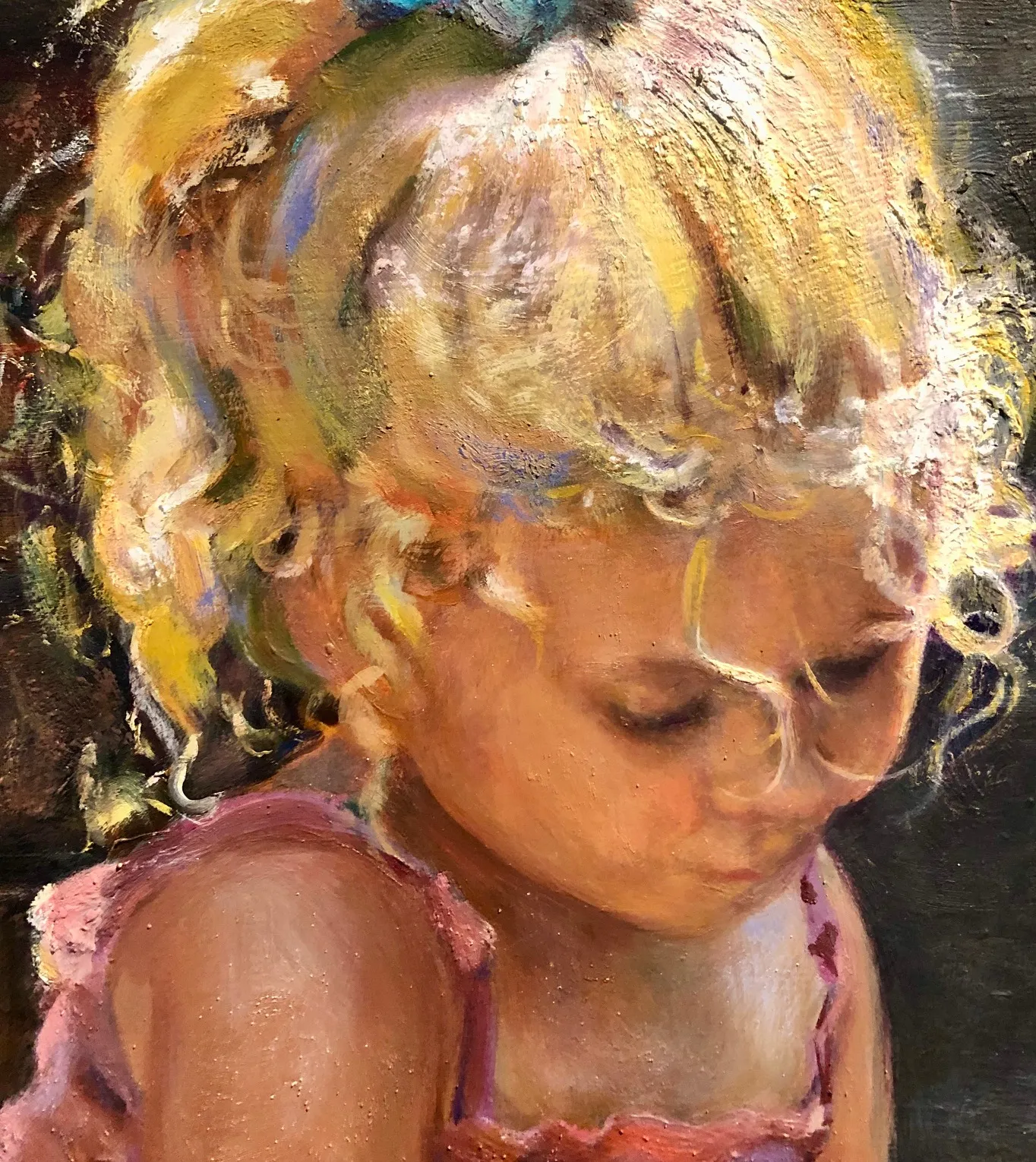
The path to science and art-based careers, and the people drawn to them, are also similar. Paul first became interested in art as a child while painting ceramics with his uncle. But it wasn’t until after he took an art elective on a whim in college, and then changed his major from chemistry to photography, that he really found a passion for it. For the first 10 years of his career, he toiled away in an art gallery for corporate and wholesale collections, and later moved to an independent studio.
It was “a hard and tough road to be an artist,” though, and eventually, science won out for Paul, who transitioned to a career in pharmaceutical sales at companies like Merck and Pfizer before landing at Dynavax in 2021.
A similar journey led Douek to art, and then to science. As a child, he found a love for the creative arts from his grandmother and his mom, who painted murals and did sculpture work. When he went to college, he planned to study the arts but was persuaded instead to follow his second passion — science — and ended up attending pharmacy school.
He picked up a paintbrush for the first time a few years ago, and now Douek has finished between 15 and 20 paintings.
But, like Paul, he said the skills and mindset he’s learned from painting have fed into his approach to working at Dynavax.
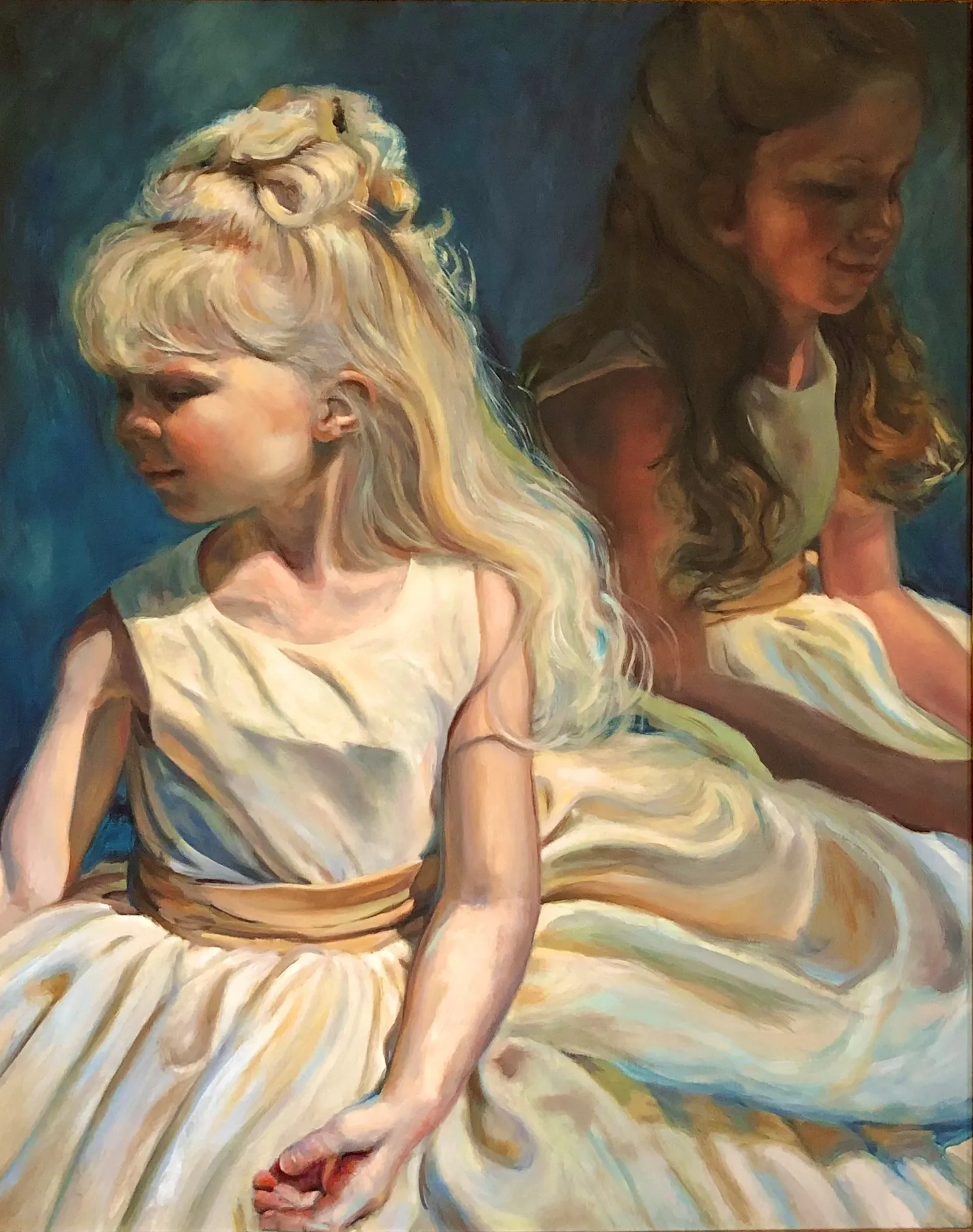
“One of the main (ways) that painting is similar to the work I do is, I really try to start with a goal in mind,” he said. “Just having a vision of what the final piece will look like before you even pick up the paintbrush, that's kind of similar to regulatory work.”
Choosing a paint color, for instance, mirrors the process of deciding what type of application to file with regulatory agencies to get a drug approved, Douek said. Time management and patience are also key for both, he said. When you begin a project — whether it is painting or drug-based — it is important to visualize and understand what you are working toward, but you also need to be prepared for the unexpected.
Every brush stroke counts, and if you make a mistake, you need to find a way to may it work with what is already on the canvas.
“It teaches you patience, and I think that's super important with the work that we do,” Douek said. “When you get a curveball and a regulator says you can't do something or they'll pose a question that might delay a program for a couple of months, it’s key to have that patience to take a step back and say, ‘OK, well, this is unexpected. How do we approach this in a way that will still get us to that goal that we have?’”
Paul agreed. Whether he’s sketching the intricacies of a face, or working with analytics during his day job, he said the same principles remain true: It’s “a step-by-step process to get there, and you can't be afraid to make mistakes.”



